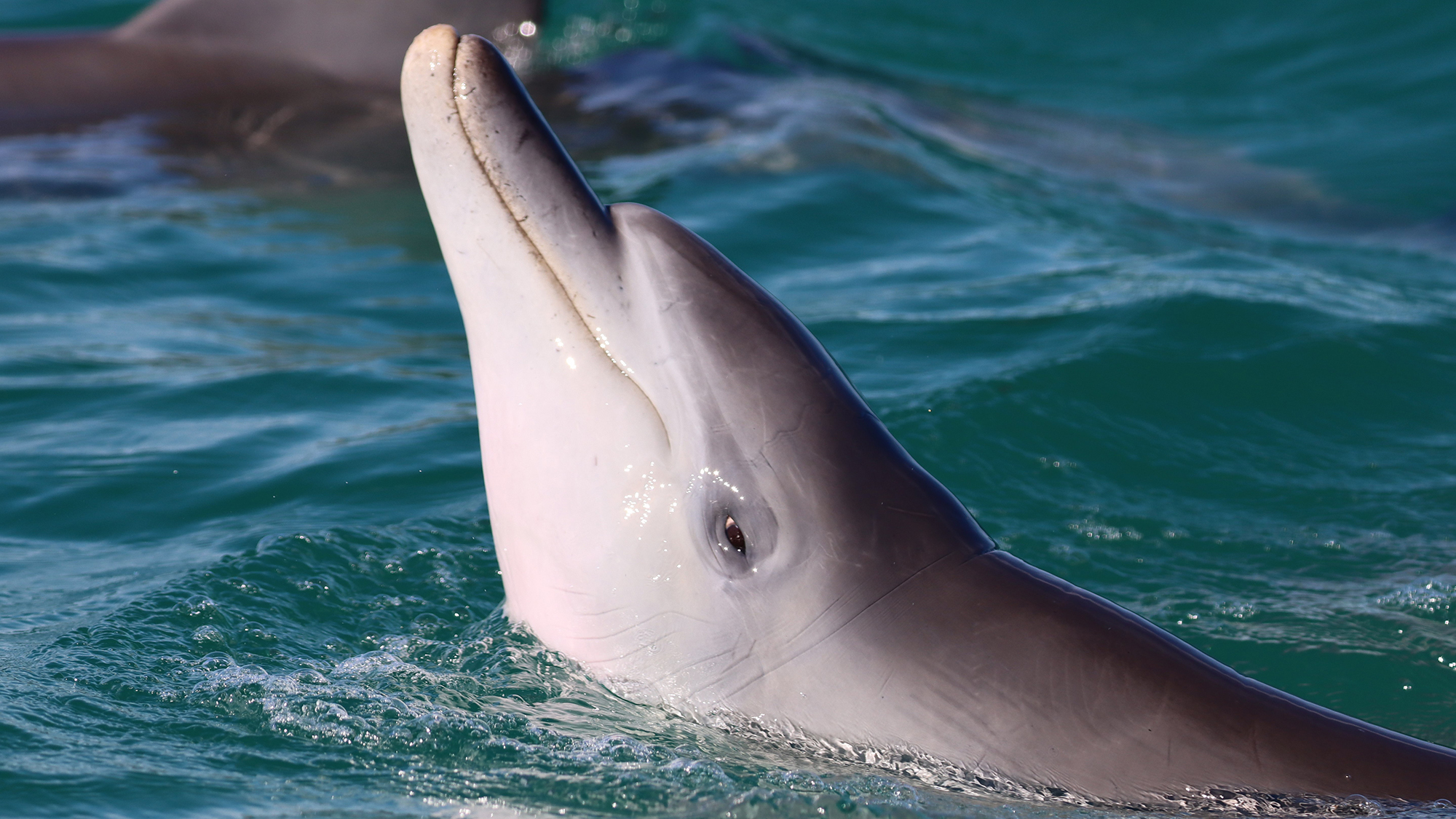

Male Indo-Pacific bottlenose dolphins form particularly tight groups, but those habits during their early years may affect their adult lives. Their well-documented social play of imitating adult reproductive behaviors may be an accurate predictor of their reproductive behaviors later in life. The juveniles who spend more time mimicking this behavior, end up fathering more offspring as adults. The findings are detailed in a study published June 10 in the journal Proceedings of the National Academy of Sciences and provides rare evidence for a link between juvenile social play and future reproductive success.
Theories of play
Indo-Pacific bottlenose dolphins are about 8.5 feet long and can reach weights of up to 510 pounds. They are primarily found near India, northern Australia, southern China, the eastern coast of Africa, and the Red Sea. They can live up to 30 to 40 years and the females can give birth to one calf every three to four years after age 10-12.

“In the study population of Indo-Pacific bottlenose dolphins in Shark Bay, Australia, adult males form decades-long alliances, long-term friendships that are characterized by repeated cooperation to get mates,” study co-author and behavioral biologist Katy Holmes tells Popular Science.
German naturalist Karl Groos is credited as the first to hypothesize that animal play functions as a practice of adult skills and may benefit their future reproduction and survival. However, this has been difficult to prove. For dolphins, scientists in other studies have theorized that it helps them acquire motor skills, strengthens social bonds, or helps them gauge the skills of potential partners or competitors.
Consortships and ‘herding’
In this new study, a team from the University of Bristol in England and the University of Western Australia, used over three decades of behavioral and genetic data on juvenile male Indo-Pacific bottlenose dolphins in Shark Bay in Australia.
[Related: Male dolphins form alliances to help each other pick up mates.]
“It was first noted over two decades ago that juvenile social play resembles adult reproductive behavior,” says Holmaes. “Specifically sexually-oriented and coordinated behavior during events termed consortships.”
Later in life, male dolphins in Shark Bay form these long-term alliances. These partnerships help each other secure access to help each other secure access to females. Typically, these alliances are formed between males who were closely bonded as juveniles. Once they reach adulthood, pairs or trios of allied males will coordinate their behavior to “consort” individual females.

“Play often occurs at the surface and can involve a good deal of splashing as it is highly energetic,” says Holmes. “A prominent feature is play herding, in which individuals take turns in adult male and female herding roles, with one individual in the female role and the rest in the male role, who attempt to make contact with the ‘female,’” says Holmes.
The play herding involves sociosexual behavior and synchronized behavior by the individuals in the “male” role. The female typically lays on their side or back at the surface of the water, while the “males” push their tail out of the water from the side or below. They then make contact with their gentical slit or rostrums–beaks–or mount the ‘female.’
“Any of these male role behaviors can occur iteratively or synchronously,” says Holmes. “Sometimes play becomes very chaotic and there is a lot of leaping and whitewater!”
Playing for survival
When analyzing the behavioral and genetic paternity data, the team found a positive association between the proportion of time that the males spent playing the “male” role in this herding behavior as juveniles and their eventual reproductive success as adults. The juvenile males who spend more time practicing will eventually father more offspring when they reach adulthoods.
[Related: Eavesdropping on pink river dolphins could help save them.]
In future research, the team would like to see if this is applicable to other populations and species of dolphins. They are also curious if this play leads to any types of skill development and if it helps the males choose their alliance partners.
“This study is important because we have provided compelling evidence that play functions as practice of reproductive behavior and contributes to male reproductive success in an animal population in the wild,” says Holmes. “This helps us to understand why young animals spend time and energy playing when they could instead be doing things that help them survive.”
